This post is also available in: Croatian
The area of Cetina Region is of unique natural beauty, known for its beautiful mountain landscapes, meadows, lush vegetation and amazing water springs.

Although relatively small in size, it is characterized by exceptional geographic diversity, making it an attractive area for bird populations.
Birdwatching involves observing and studying birds with the naked eye or with the help of optical aids such as binoculars, telescopes and photographic equipment.

Birds can be found everywhere around us and are often the largest group of animals which a citizen can come across. From the initial assumption, that only a few bird species, such as pigeons, sparrows and blackbirds, actually live in the city, observation can easily lead you to a conclusion that birdlife of mountain species is significantly more varied.

In the Cetina Region, there is a growing popularity of birdwatching (or birding), and it trully has great potentials thanks to the rich bird fauna that inhabits this area. More and more often, foreign travel agencies bring tourists birdwatchers to Croatia to show them the distinctive natural heritage of this beautiful region.
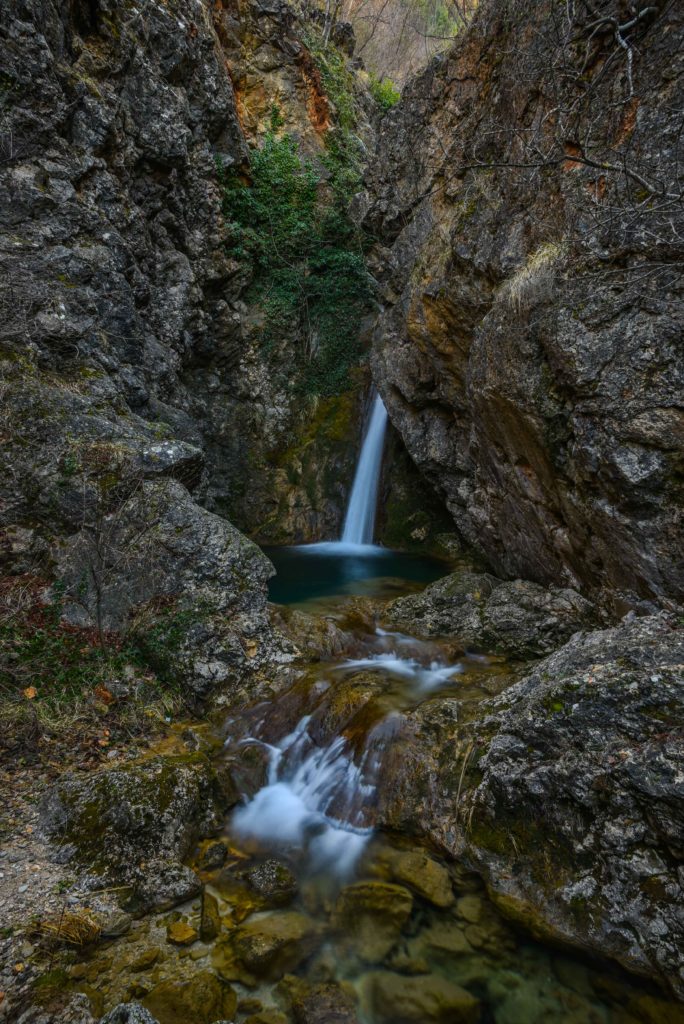
Pavića nebesa – Sinj’s favorite promenade
Since Pavića nebesa (in Croatian: Pavić’s Skies) is one of the favorite promenades among the locals of Sinj, the Tourist Board of Sinj, supported by the Tourist Board of the Split-Dalmatia County, has given it a special touch by setting a bird watchtower, benches, kennels.
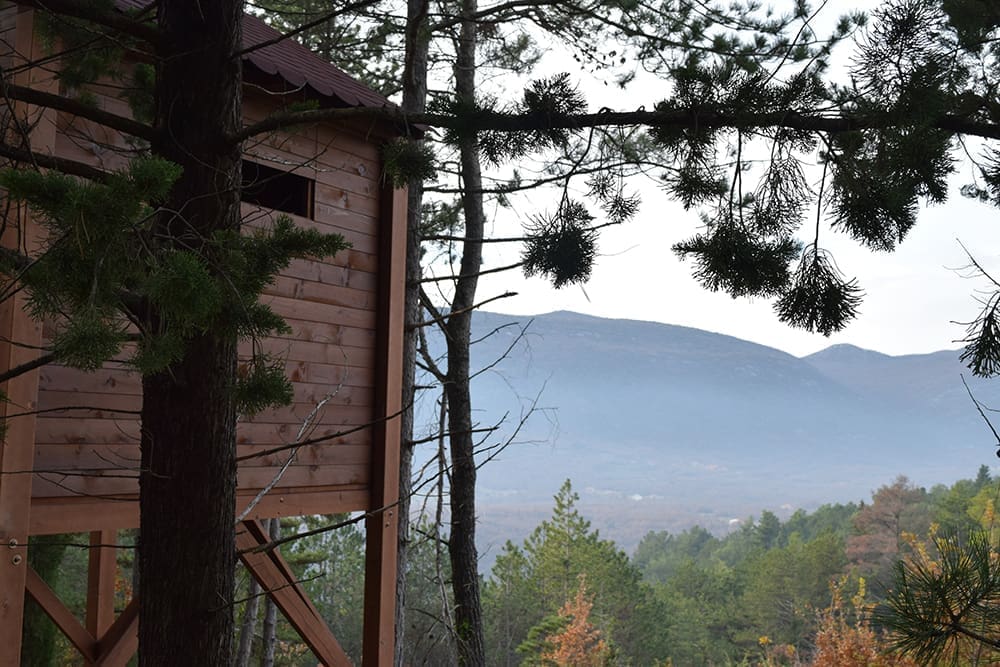
Nicely redecorated, Pavića nebesa promenade will serve as a natural attraction for tourists visiting the Cetina Region, through the evermore popular hiking, as well as bridwatching – observing birds in the forests, as their natural habitats.
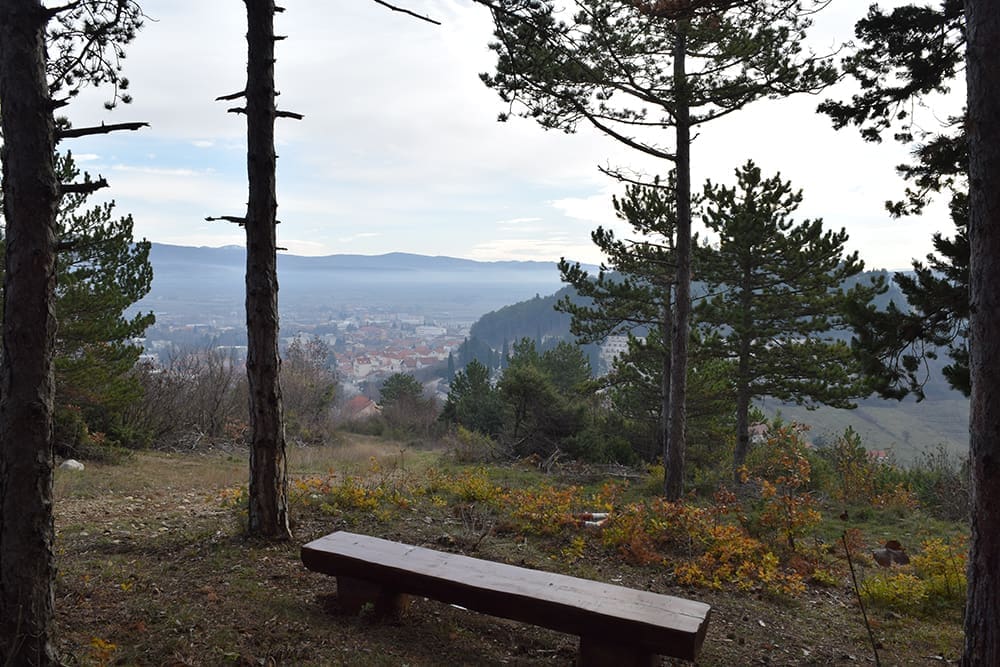
Only half-an-hour-away from the center of the town, Pavića nebesa is a place for educating children about the importance of preserving nature as well as its biodiversity, and a place where birdwatchers, in its peace and silence, can observe numerous species such as wood pigeons, orioles or woodcocks, and listen to the silent roars of larks, forest owls or love calls of blackbirds.

The best time for this form of tourism? Spring!
Birdwatching takes place primarily in spring, during the nesting season of most bird species. The most favorable months are May and June when all the nesting birds are present. It’s the period when the birds are most active due to their singing, wooing, coupling and territorial flights. The fact that birdwatching travel activities take place in the pre-season, increases the utilization of existing local capacities which are fully sold out in summer, during July and August. In this way, birdwatching tourism contributes to the lenghtening of the tourist season, which is in line with the Croatian tourism strategy.
The wider area around Sinj includes two vegetation zones: the Submediterranean area of deciduous vegetation and the mountainous zone. The highest parts of Svilaja and Dinara mountains belong to the mountainous zone, while the rest is included in the Submediterranean area of deciduous vegetation.
A true treasure is hidden in the rich flora and fauna that nature has generously spread all over the Cetina Region.
In almost surreal landscapes, boosted by clean air and inspired by the karst subterranean labyrinths of River Cetina, numerous plant species grow. In addition to the rich flora, the Cetina Region is abundant with numerous animal species.

A diverse plant layer, bushes, pits and rocks provide perfect nesting places to numerous species of birds. On the cliffs of the canyon you can find nests of mountain pasture birds. Look into the thick canyon forest, in the habitat of black woodpeckers. On the rocky plateau of the protected belt, in the tall grass, you will come across the nests of crown larks and rock partridges. Take your binoculars and sit back comfortably, looking towards the tall pine trees, where you will be able to spot nests of buzzards and hawks.
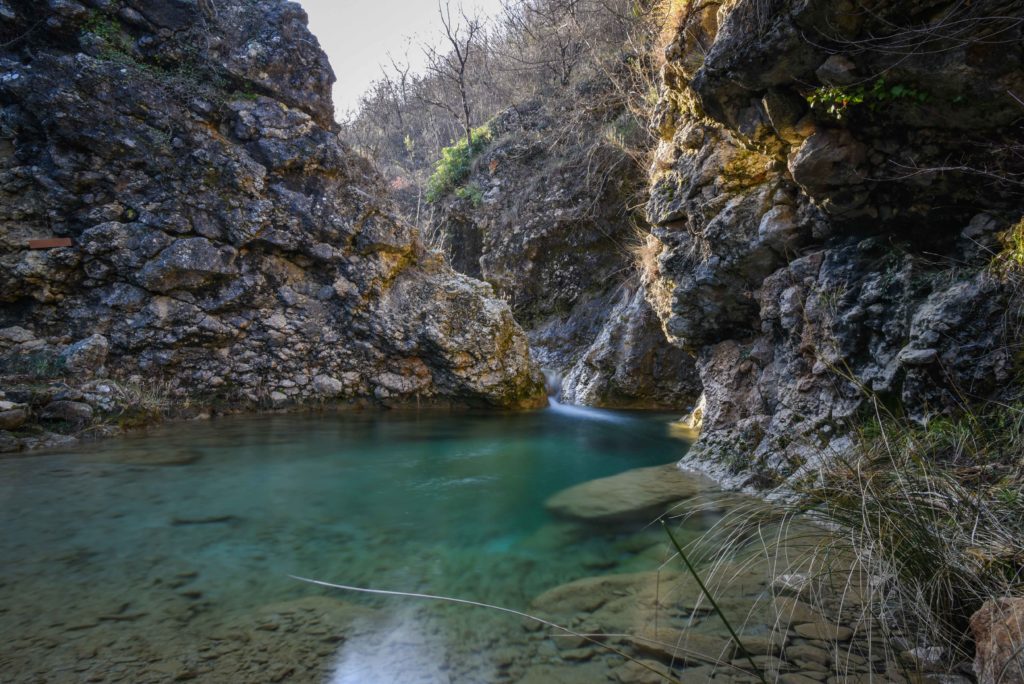
The Significant Landscape of Sutina was protected in 2000, on an area of 426.80 hectares, and it covers the upper canyon of Sutina stream, Cetina’s tributary. The canyon of mountain stream Sutina, with its unusual setting of the plant layer, is a typical example of botanical inversion.
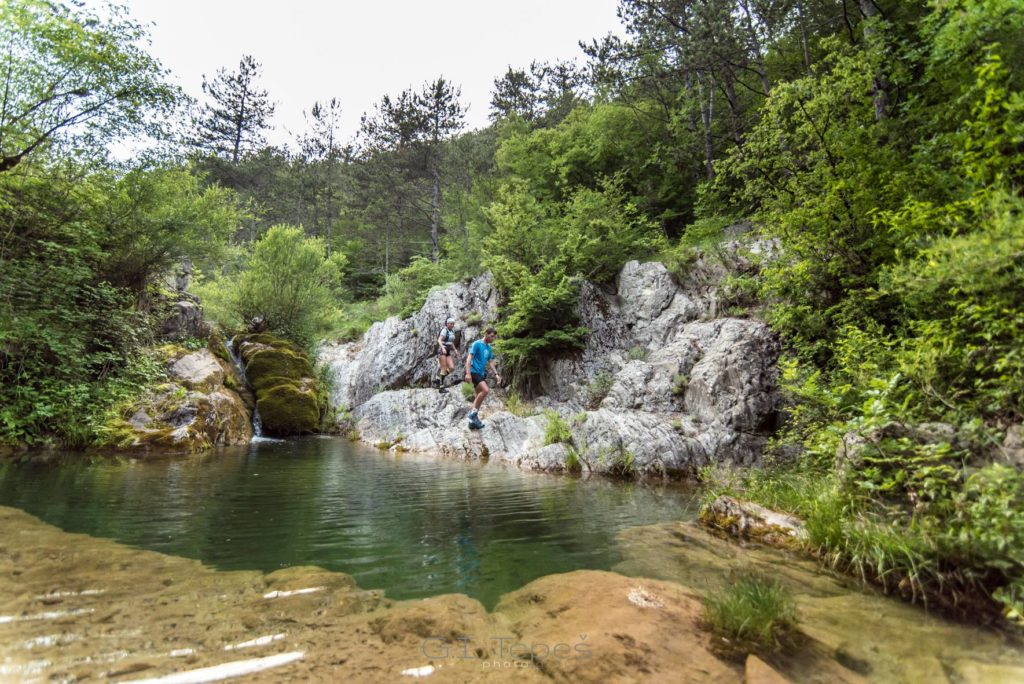
The dense forests of the canyon are the habitat of black woodpeckers. On the rocky plateau of the protected belt, deep in the grass, you will be able to find nests of crown larks and rock partridges. On tall pine trees, there are the nests of buzzards and hawks. At the exit from the canyon, where erosive effects are strong and sandy slopes are formed, you will find canals of bee eaters, in which this species raises its young ones.

The Significant landscape Rumin includes Mali and Veliki Rumin, on a surface of 33.5 hectares, and its status was confirmed in year 2000. Mali and Veliki Rumin represent the core part of Rumina, the second largest of Cetina’s tributaries.

While in the summer Mali Rumin runs dry, Veliki Rumin, which runs under the gorge called Greda, never goes dry. The steep cliffs of Rumin are home to bird species such as ravens, kestrels and beaufitul long eared owls. On the karsty slopes at the foot of the cliffs, you can find nests of northern wheatears and rock partridges, and in the lowlands, on the fields and ploughed lands, you will encounter grey partridges, quails and crested larks.

Along the foothills of Rumin, the long-tailed tit creates its ball-shaped nests, and on the oak branches, the basket-like nests of orioles hang. On the old oak trees, a large woodpecker is also easily found, while the wild ducks come to sip on the waters of Rumin.
The Project “Sinj u sridu”, as well as promotional materials and their implementation was co-financed by the European Union from the EU Fund for regional development and operational programme Competitiveness and cohesion 2014-2020.
Content of promotional article is sole responsibility of JU RERA for coordination and development of Split-Dalmatia County and under no circumstances does it reflect the attitude of the EU and/or the governing body.
For more
information visit www.strukturnifondovi.hr
More: www.cetinska-krajina.hr
Photo by: Tourist Board – City of Sinj

This post is also available in: Croatian
